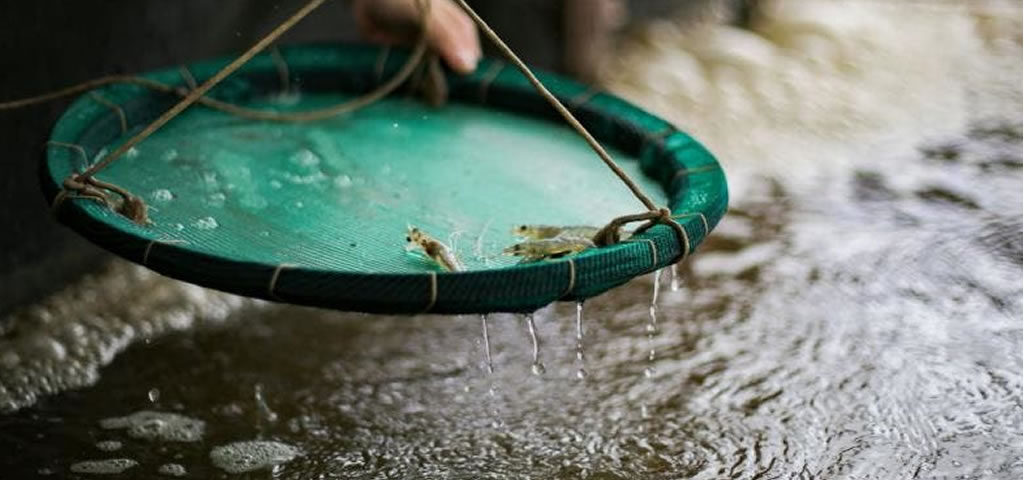- Software Gestor para Aquicultura
- (85) 2139-6730
- contato@despesca.com.br
Feed management to optimize growth and reduce waste.

Market trends for shrimp and fish
06/08/2025
Sustainable aquaculture practices.
08/08/2025The Art of Feeding: Optimizing Growth and Reducing Waste in Shrimp Farming
Shrimp farming is a constantly evolving activity where every detail makes a difference. And if there’s one factor crucial to production success, it’s feed management. A successful feeding strategy not only promotes the fast and healthy growth of shrimp but also minimizes costs and environmental impact. But how do you do this in practice?
Understanding Shrimp Behavior
First and foremost, it’s essential to understand the life cycle and feeding behavior of shrimp. They are nocturnal animals and feed on the bottom of the pond. Irregular distribution or excess feed can lead to an accumulation of waste, which decomposes and harms water quality. Therefore, daily observation is essential to adjust the quantity and frequency of feeding.
The Feeding Strategy
The golden rule is to provide the amount of feed that the shrimp actually need. The practice of subdividing the daily ration into several smaller portions throughout the day is one of the most effective methods. This ensures that the feed is always fresh and available, preventing waste. In addition, using feeding trays can be a great ally. They allow you to monitor consumption, helping to adjust the amount of feed in real time.
Feed Quality Makes All the Difference
The choice of feed is a strategic step. A high-quality feed with an adequate balance of nutrients, such as protein, lipids, and vitamins, directly impacts the development of the shrimp. It ensures they reach the ideal weight in the shortest possible time. Furthermore, the stability of the feed in the water is another crucial point. Feed that dissolves quickly wastes nutrients and pollutes the environment.
Water Quality Monitoring: An Essential Routine
Water quality is directly linked to feeding efficiency. The accumulation of leftover feed at the bottom of the pond increases ammonia and nitrite, raising stress levels and mortality in the shrimp. Daily control of parameters such as pH, dissolved oxygen, and temperature is essential to create a suitable environment for the health and growth of the animals.
Technology as Your Ally
Technology is increasingly present in shrimp farming. Oxygen sensors, automatic feeders, and management software help to optimize feed management, ensuring precision and efficiency. Automatic feeders, for example, can be programmed to release small doses of feed at specific times, reducing waste and labor.
Conclusion: The Pursuit of Efficiency
Feed management is one of the pillars of sustainable shrimp farming. Adopting efficient practices, such as subdividing rations, using trays, and choosing high-quality feed, results in faster and more uniform growth of shrimp. At the same time, it reduces waste, minimizes environmental impact, and increases business profitability. Remember, the goal is to maximize results with intelligence and care.




